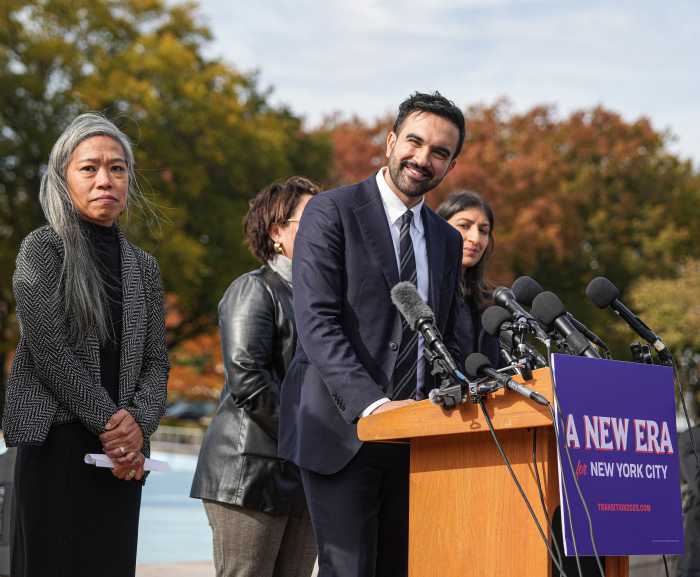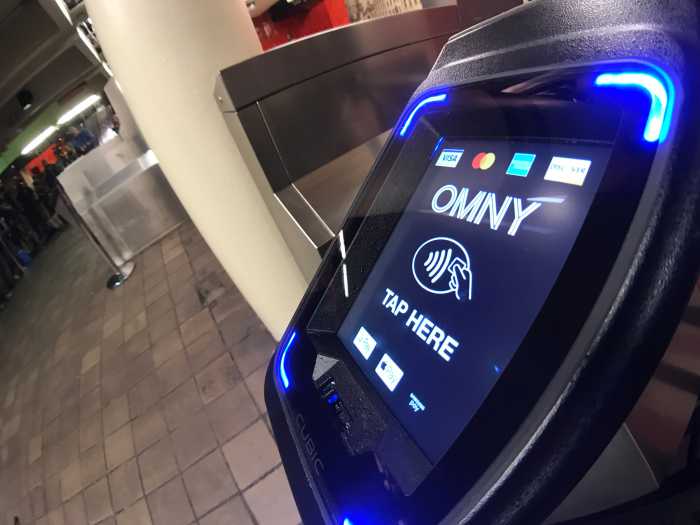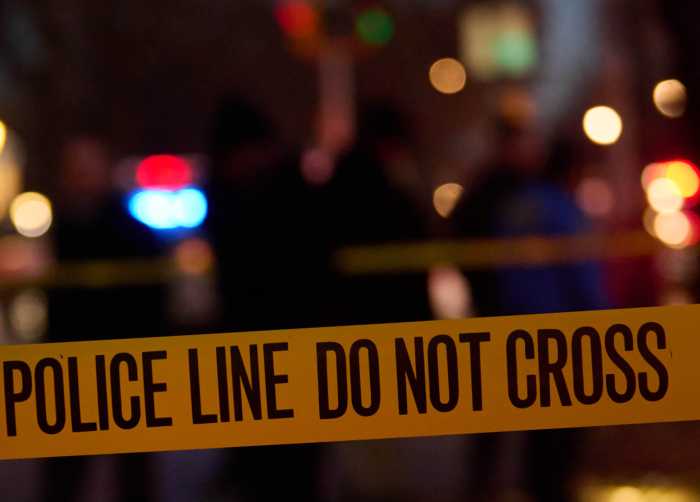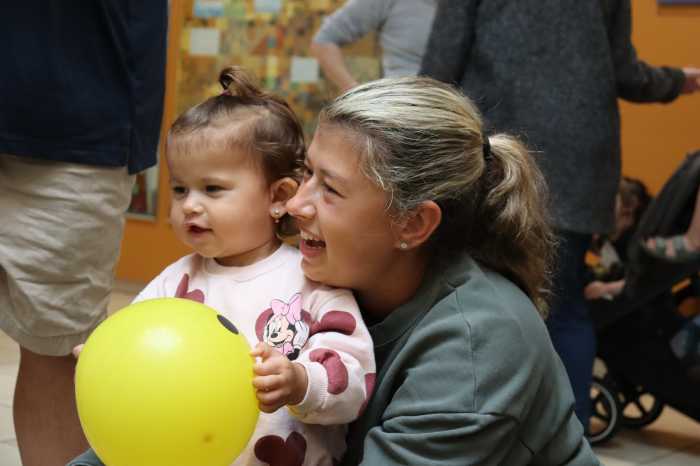As Gov. Kathy Hochul considers signing a bill to indefinitely keep two staff members on NYC subways, commuters might not realize that conductor-less trains are already rolling on some tracks within the system.
Hochul, who is up for reelection next year, is facing a decision regarding a controversial bill passed by the state legislature that mandates the continued presence of conductors on nearly all of New York City’s subway trains.
Supporters of the bill, which is called S4091 and A4873 in the State Senate and Assembly, respectively, argue that a two-person crew is essential for public safety and operational reliability. However, some trains in the city, including the shuttle in Times Square and the G train at night, which connects Queens to Brooklyn, already run without conductors.
John Samuelsen, Transit Workers Union International president, said trains that currently run with a one-person crew — just the engineer — only do so in “extremely limited” circumstances.
“The Times Square shuttle is a premier example,” he said. “It’s a shortened car and a straight run with no curves, in other words.”

Conductors act as the eyes and ears of trains and platforms, ensuring that passengers get on and off subways safely and properly. As they scope out the station surroundings, engineers (motormen) are always in the first car, operating the train.
If Hochul signs off on the state bill, it would essentially help enshrine into law the standard practice of having conductors present on most MTA trains.
The governor has until the end of the year to sign off on the bill. amNewYork reached out to Hochul’s office for comment on the bill; a representative said she is still reviewing the legislation.
Even if she does not sign it, the status of conductors will not change; the bill is more of a measure to further cement the current rule into law.
“We want it enshrined into law that the two-person train crew is a matter of NYS law,” Samuelsen said. “Because, every single time we go into contract negotiations, they try to eliminate the two-person train crew.”
He added that the trains will “never lose” conductors — adding that the union would sooner walk off the job than let it happen. Transit strikes have occurred before, despite such job actions being a violation of the state’s Taylor Law.
“We’ll strike the NYC Transit system before we let the conductors be stripped from us,” he said.
Are subway conductors a redundancy?
But an academic think tank criticized the need for a two-person crew on NYC Transit, which has the largest subway system in the United States, with 472 stations and 665 miles of track with trains that operate 24/7.
A study from NYU’s Marron Institute of Urban Management reviewed more than 400 trains in dozens of countries and found that fewer than 6.25% of the systems have two staffers on board. The international trains reviewed include those in Canada, Spain, Korea, Germany and Singapore.
According to the study’s researchers, the bill in question would “undermine the spirit of the billions of dollars committed” to improving signalization and operations.
“New York’s elected officials should leave the train operations to the train operators,” researchers wrote in the study. “If there is genuine concern about how best to operate trains, the MTA should respond to the legislature’s questions.”
Samuelsen dismissed the study as “garbage.”
“Academics think working people are stupid,” he said. “They can make data lie for them. So they did a study of subway systems across the world. But there’s no subway system in the world like the NYC subway system.”
He stressed that NYC’s trains have to navigate many high-speed curves on routes and even around curved platforms that are within the system’s aging infrastructure.
“An overwhelming amount of systems across the world are more modern, they utilize tangent station platforms, tangent tracks, there are no high-speed curves,” Samuelsen said, adding that the study is not a fair “apples-to-apples” review of the NYC subway system from an engineering perspective.
How do the riders feel?
Riders agree with Samuelsen that conductors are not only needed on trains, but are a welcoming presence, especially as the city grapples with crime on the rails.
“Especially when it’s late, when it’s dark, when I’m alone. I like knowing that person is there,” one subway rider said in an Eyewitness News article
Simon, another commuter, told amNewYork that it is “common sense” to have conductors on trains.
“I think it’s best to have two people on the train, due to all the issues that occur on the train, like accidents, assaults,” he said. “It’s common sense to have two people manning a train.”
Meanwhile, Samuelsen emphasized the extra level of safety that conductors provide for both commuters and staff, zeroing in on track fires.
“The amount of track fires, which cause evacuations in NYC, dwarfs the amount of track fires in other systems throughout the world just because of the unique nature of NYC’s subway system,” he explained.







































